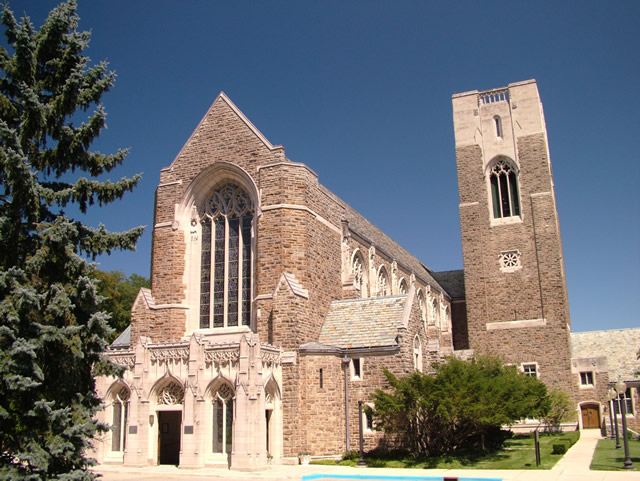Is Religious Freedom Just for Churches?
Ryan Messmore /
On October 5, the Supreme Court will hear oral arguments in a very important case concerning religious freedom. Several religious freedom cases have been in the news lately. Such cases should remind us to take seriously the nature of religion itself.
Is religion something only to be preached about and celebrated in seminaries and worship services, or is it something to be practiced in daily life and work? Is religion solely private, or does it also take public form?
Our assumptions about the nature of religion—assumptions about what it is and what it involves—affect which people and institutions are considered “religious.” This, in turn, shapes views about what religious freedom protects and who should enjoy that protection.
Should it extend only to a small subset of the population—for example, to churches and monasteries, priests and nuns? Or should religious freedom apply to a broader range of groups and citizens, including schools, hospitals, and non-profits as well as teachers, secretaries, doctors, therapists, and directors of charities?
A narrow, privatized concept of religion can lead to the problematic assumption that religious freedom is only for churches.
According to Stephen Carter, a law professor at Yale University, “[W]e often ask our citizens to split their public and private selves, telling them in effect that it is fine to be religious in private, but there is something askew when those private beliefs become the basis for public action.”
At the root of this process, Carter asserts, is the widely held intuition that “religion is like building model airplanes, just another hobby: something quiet, something private, something trivial.”
According to this privatized view, only a small realm of acknowledged “religious” institutions and activities is deemed worthy of religious freedom protections. Praying and preaching seem to count, so pastors, churches, and monasteries typically enjoy freedom to do their work in accordance with their beliefs. Other kinds of activity—like treating a sick patient, running a school, or growing a nonprofit—do not often fall within narrow understandings of “religious” activity.
Government should protect religious freedom for all citizens—not just those wearing habits and clerical collars—and for various kinds of organizations. Religious freedom is not just for churches, as this Heritage WebMemo argues.

